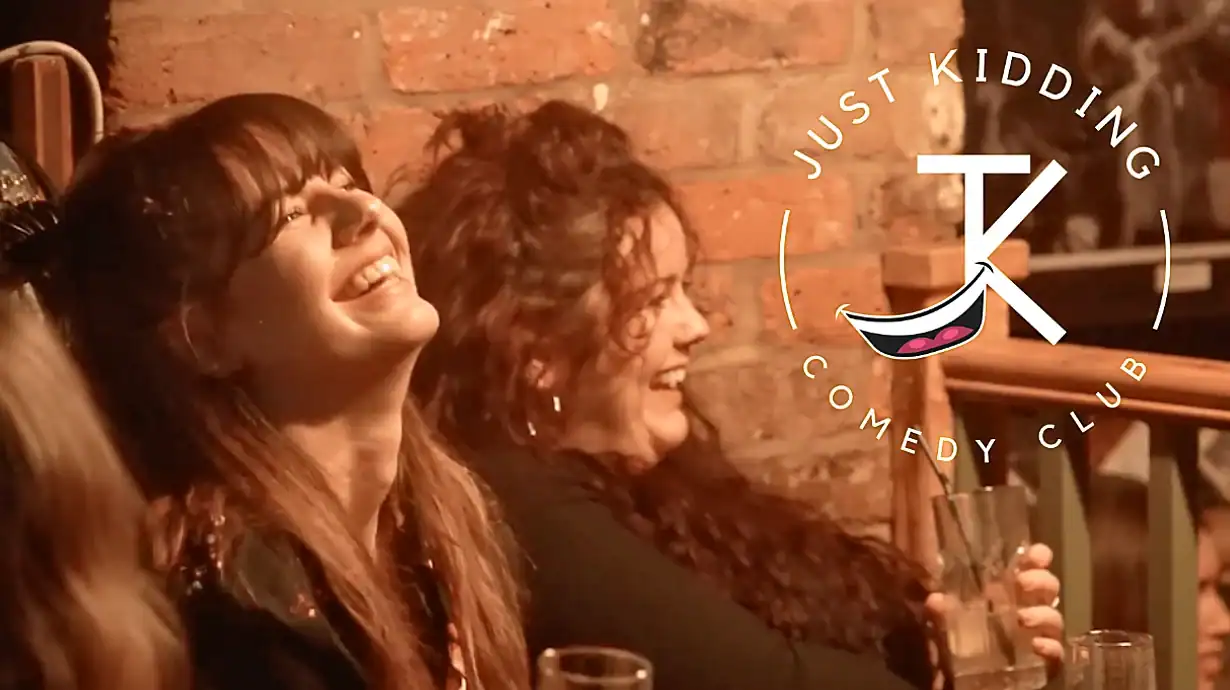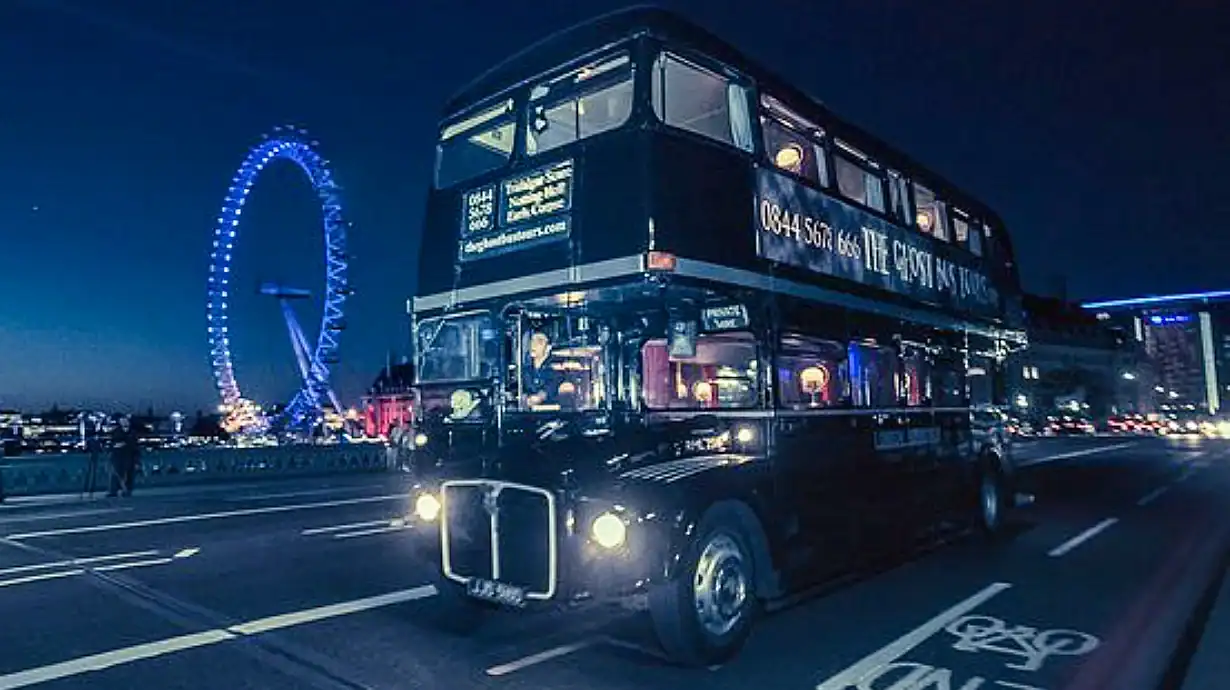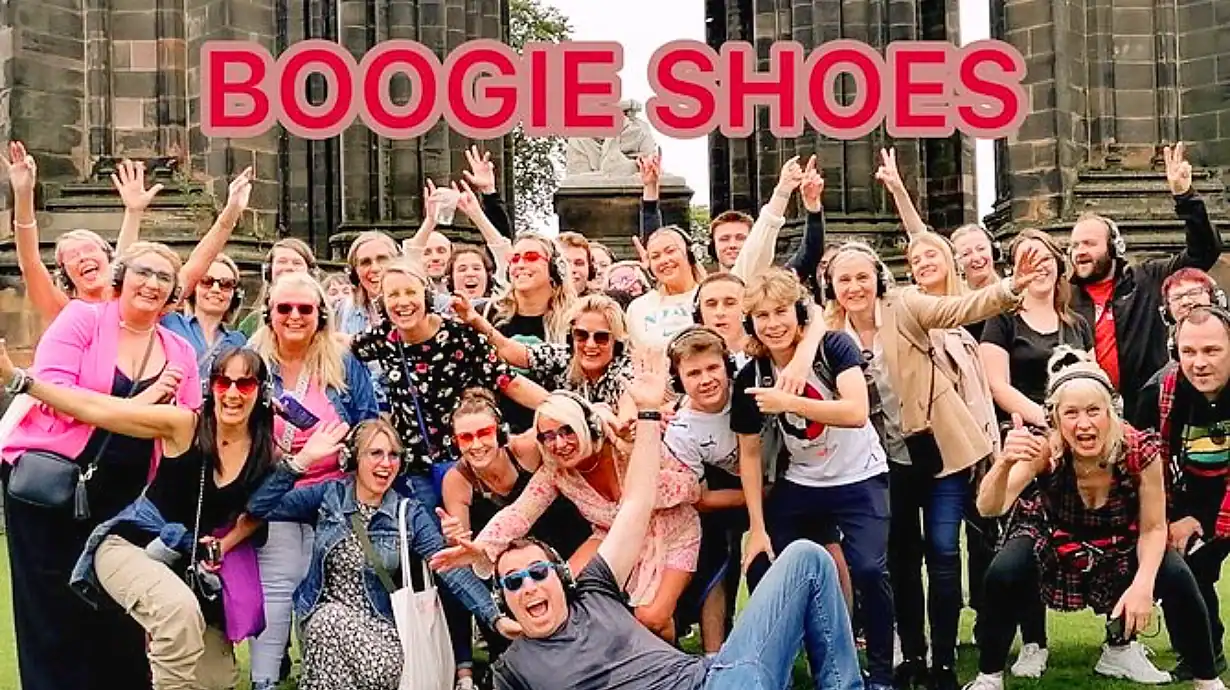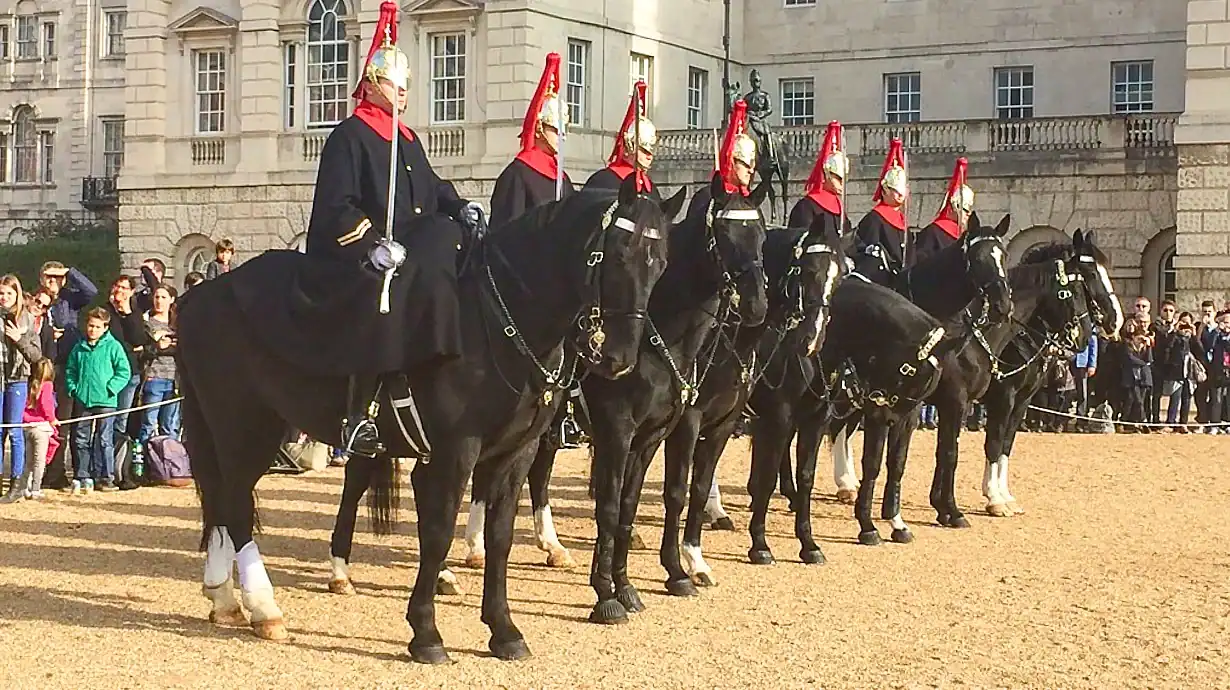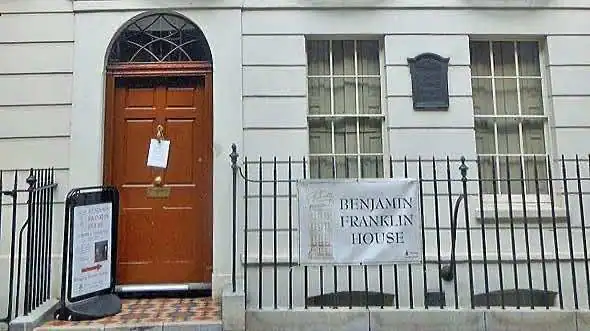 Photo: londondrum.com
Photo: londondrum.comLots of revolutionaries lived in London. Lenin was over here six times, Karl Marx studied at the British Museum, Ho Chi Minh used to peel potatoes in the Carlton Hotel (he really did!). That’s what living in London does to you: it fills your head with big ideas. It turned Benjamin Franklin from a mild-mannered bureaucrat into the instrument of our own destruction.
When he came over here as a young man he actually quite liked Britain. He got a job in a printer’s shop by St. Bartholomew-the-Great (a lovely little church that’s still standing now) and when he sailed back to Philadelphia he made his money in the papers, got rich, became important and joined the Masons – so we basically gave him his start in life. From that point on we had to put in a hell of a lot of hard work to turn him against us. Naturally we succeeded.
When he returned to London thirty years later it was as the colonial agent for the Pennsylvania Assembly, lobbying the British government on behalf of his state. He was sort of like a modern-day ambassador I suppose, but with none of their actual powers. America was still British at this point in time, and Franklin was very definitely happy for it to stay that way. That all started to change when he led an effort to get Parliament to repeal the unpopular Stamp Act and he suddenly found himself thrust into the limelight as an overseas spokesman for the entire continent.
America’s Founding Father
He managed to get hold of some political diatribes that ‘accidentally’ found their way across the Atlantic and inflamed the rebels. The government labelled him an agitator and a year later he was back in America signing the Declaration of Independence as one of America’s Founding Fathers.
And oh yeah, whilst all of this was going on he somehow found time to invent bifocal glasses, lightning rods, urinary catheters and the glass harmonium. So Franklin’s got very interesting backstory, but is his house actually worth visiting?
It doesn’t look like much from the outside, and there’s hardly anything inside either. It’s completely empty. It hasn’t even got any dust in it – that’s how empty it is. It’s big pitch is that it still contains the original Georgian floorboards and creaky old staircase that Franklin ran up and down to keep fit, but there’s none of his original furniture on show. No books or belongings or anything like that. It’s literally just a series of empty rooms.
Historical and Architectural Tour
You’re not allowed to walk around the house on your own either. What you have to do is book yourself onto one of their guided tours. There’s an ‘historical’ one, where a costumed landlady leads you round the rooms talking to some voices coming out of the speakers, and an ‘architectural’ one, which is more like a traditional tour, where you get shown around the house by a Benjamin Franklin expert.
If you want to learn a bit about the build-up to the American Revolution then maybe you can give the architectural tour a try, but it’s only worth going for the tour guide’s speech – not for the actual house – because there’s hardly anything to see inside apart from the wooden walls and floorboards.
If you enjoy this then try Charles Dickens Museum (walk it in 24 mins or travel from Charing Cross to Russell Square via tube) and Dr. Johnson’s House (walk it in 20 mins or travel from Charing Cross to Temple by tube)
More things to do near Trafalgar Square


